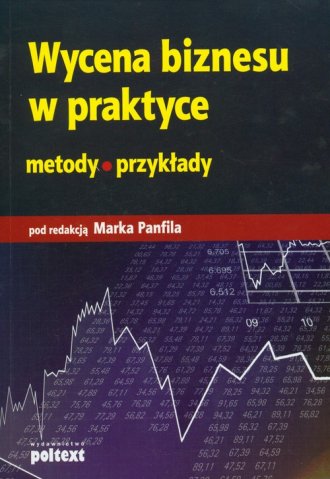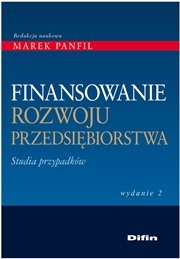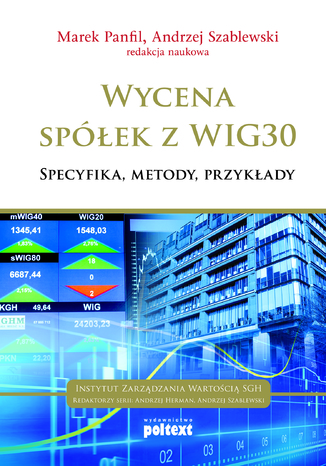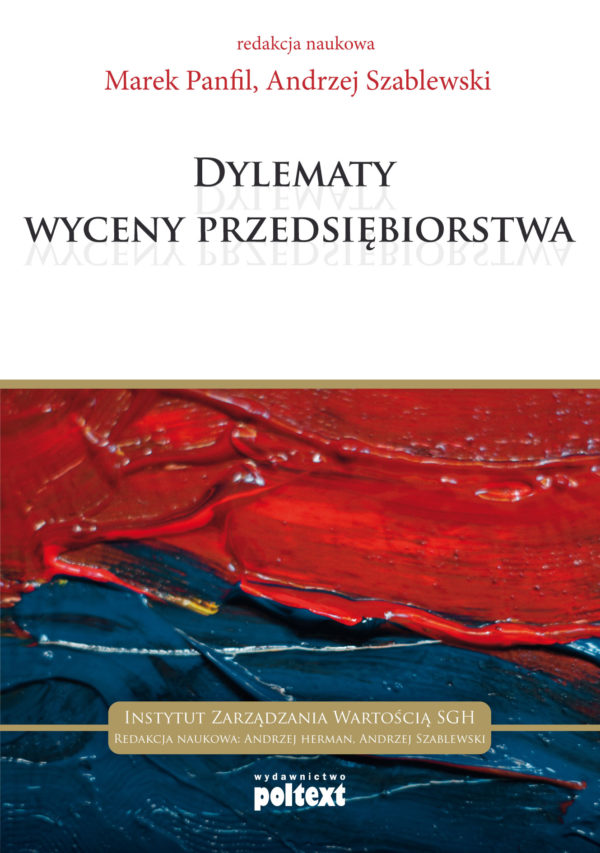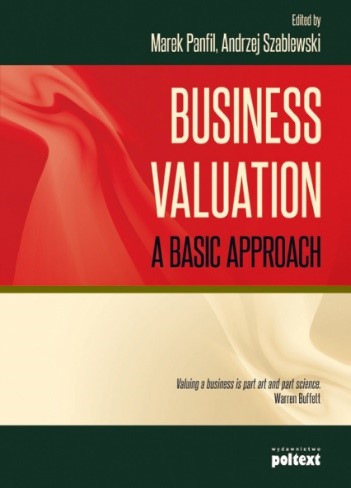IFRS 3 Business Combinations (ASC 805 according to US GAAP) requires an extensive analysis to be performed in order to accurately find out, recognise and measure at fair value6 the tangible and intangible assets (including intellectual properties) and liabilities acquired in a business combination. This process is also known as a purchase price allocation (PPA) whereby one company (the acquirer), when purchasing a second company (the target), allocates
the purchase price into various assets and liabilities from the transactions.
The accounting for intangible assets acquired in a business combination is particularly challenging. They are by nature less noticeable than tangible ones. Many intangible assets are not recognised in the acquiree’s pre-PPA financial statements. Estimating their fair value usually involves valuation techniques as quoted prices are rarely available.
Where an ‘intangible resource’ (see 3.1 Intangible resources) is not recognised as an intangible asset, it is included in goodwill. Some acquirers might be motivated to report fewer intangibles, and higher goodwill, because most intangible assets must be amortised whereas goodwill is measured under an impairment only approach. However, a high goodwill figure can create the impression that the acquirer overpaid for the acquired business. It also raises questions as to whether IFRS 3 has been applied correctly. Acquirers can expect reported amounts of intangible assets and goodwill to be closely studied by investors, analysts and regulators. Accounting for intangible assets in PPA is therefore an important area of financial reporting. Acquired assets and liabilities are valued as at the date of acquisition, which is considered to be the date at which effective control of the target is obtained. An acquiring company must disclose not only assets already recognised on the target’s balance sheet, but also previously unrecognised intangible assets acquired as part of the transaction, such as company and product brands, patents, technologies or research and development projects, which have to be fair valued for the first time.


